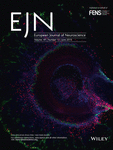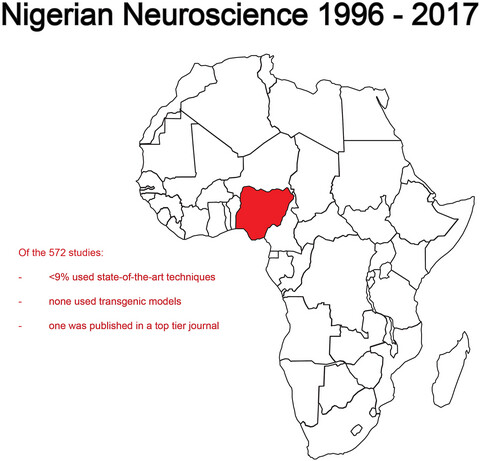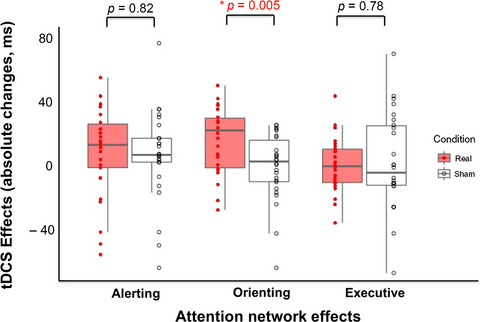Journal list menu
Export Citations
Download PDFs
ISSUE INFORMATION
EDITORIAL
African neuroscience on the global stage: Nigeria as a model
- Pages: 1544-1551
- First Published: 13 February 2019
COGNITIVE NEUROSCIENCE
Multivariate fMRI pattern analysis of fear perception across modalities
- Pages: 1552-1563
- First Published: 27 December 2018
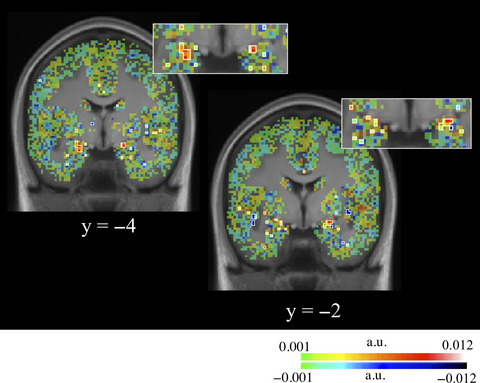
A multi-voxel pattern analysis for fMRI distinguishes neural response of fear perception vs. neutral ones, as expressed through faces, bodies, prosody, and vocalizations. Calculated weights highlight the amygdala and surrounding subcortical structures as strongly contributing to the discrimination; however, a whole-brain analysis was necessary to obtain above-chance classification accuracy, suggesting that processing fear across modalities likely involves a broad, distributed network.
The relationship between the temporal structure of magnetoencephalography recorded brain activity and capacity to form discrete auditory representations
- Pages: 1564-1574
- First Published: 25 November 2018
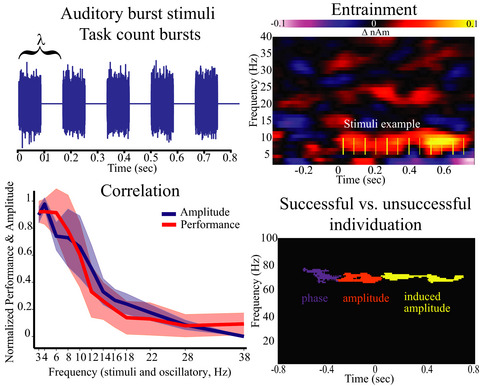
Rates at which auditory stimuli could be discretely represented matched oscillatory brain activity over a range of frequencies. Oscillations also entrained to stimuli and a series of gamma band events, involving phase and amplitude, predicted successful discrete representation. These findings support the proposal that oscillations may align activity to provide limited conditions for representational neuronal assemblies across a range of frequencies.
Using subjective expectations to model the neural underpinnings of proactive inhibition
- Pages: 1575-1586
- First Published: 17 December 2018
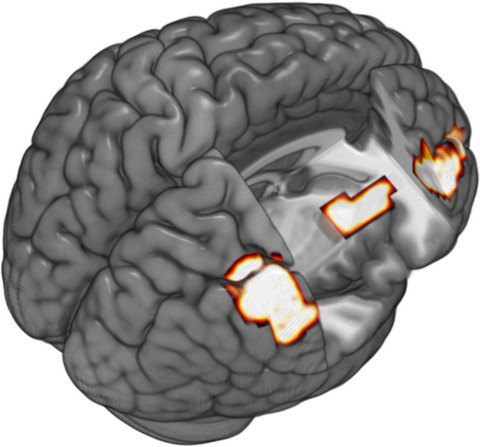
Proactive inhibition is the slowing down of behavioral responses just before a possible full stop. We have used a modified stop-signal response task with fMRI measurements, that made it possible to use trail-by-trial variations in response times to model brain activation. Our results show that activation in brain areas related to inhibition are also active during anticipatory slowing-down.
Selectivity for mid-level properties of faces and places in the fusiform face area and parahippocampal place area
- Pages: 1587-1596
- First Published: 27 December 2018

Images from different object categories differ in their image properties. To investigate how these image properties are represented in ventral visual pathway, we compared neural responses to locally-scrambled images (in which mid-level, spatial properties are preserved) and globally-scrambled images (in which mid-level, spatial properties are not preserved). There was a greater response and more adaptation to the preferred category relative to their non-preferred category in the intact and locally-scrambled images. This pattern of response was not evident for the globally-scrambled images. This suggests the importance of mid-level, spatial properties in the ventral visual pathway.
Weighting of neural prediction error by rhythmic complexity: A predictive coding account using mismatch negativity
- Pages: 1597-1609
- First Published: 27 December 2018

In this work, we demonstrate that a neural index of prediction error, the mismatch negativity (MMN), decreases as a function of the stimulus complexity, as measured by the Shannon Entropy. We observed this result only for small timing deviations, in the absence of attentional switching. This result supports the view of precision-weighting mechanisms that regulate prediction error in rhythm perception and prompts the hypothesis that these mechanisms may mainly manifest under implicit attention.
Bi-directional modulation of food habit expression by the endocannabinoid system
- Pages: 1610-1622
- First Published: 27 December 2018
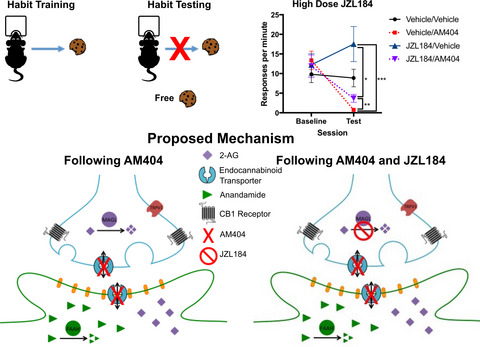
Mice were trained to habitually respond for food. Administration of the putative endocannabinoid transporter inhibitor, AM404, decreased habitual responding. This effect of AM404 was abrogated by pre-treatment with JZL184, a catabolic enzyme inhibitor that increases synaptic levels of the endocannabinoid 2-arachidonoyl glycerol. We propose that the mechanism by which AM404 reduces habitual responding is through the prevention of endocannabinoid release.
Effects of transcranial direct current stimulation over right posterior parietal cortex on attention function in healthy young adults
- Pages: 1623-1631
- First Published: 22 January 2019
CLINICAL AND TRANSLATIONAL NEUROSCIENCE
Cerebrospinal fluid flow dynamics in Huntington's disease evaluated by phase contrast MRI
- Pages: 1632-1639
- First Published: 28 January 2019
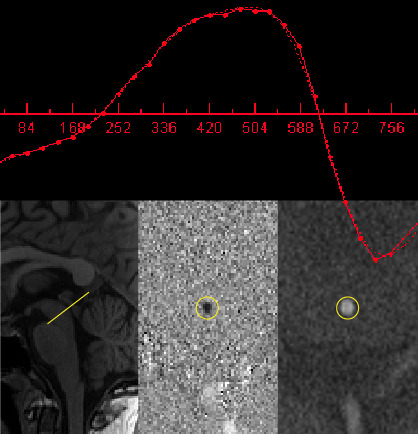
Intrathecal drugs for Huntington's disease are now in clinical trials, but some evidence suggests that disease-associated changes may alter the delivery of the drug to the brain. Rodrigues et al. report that MRI-evaluated cerebrospinal fluid dynamics are not altered in Huntington's disease, and although preliminary, these results offer reassurance for planning future trials.
Impairments in gait kinematics and postural control may not correlate with dopamine transporter depletion in individuals with mild to moderate Parkinson's disease
- Pages: 1640-1648
- First Published: 27 December 2018
Separate cortical and hippocampal cell populations target the rat nucleus reuniens and mammillary bodies
- Pages: 1649-1672
- First Published: 11 January 2019
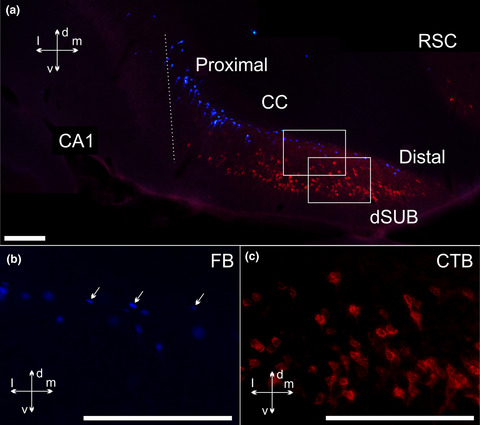
We compared the sources of inputs to nucleus reuniens and the mammillary bodies. Retrograde tracers showed how these sites receive projections from separate cell populations, often from adjacent layers. In the subiculum, dense mammillary inputs (red) originate from pyramidal cells located at more superficial levels than those cells (often polymorphic) that target nucleus reuniens (blue). Similar laminar differences occur in frontal cortices, where inputs to reuniens are considerably denser.
Caffeine and cannabinoid receptors modulate impulsive behavior in an animal model of attentional deficit and hyperactivity disorder
- Pages: 1673-1683
- First Published: 22 January 2019
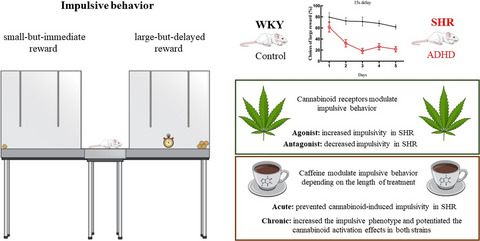
This study shows that cannabinoid and adenosine receptors modulate impulsive behavior in an animal model of ADHD. While a treatment with a cannabinoid receptor agonist increased impulsive behavior, a cannabinoid receptor antagonist decreased it. Moreover, an acute pre-treatment with caffeine blocked the effects of the cannabinoid receptor agonist, whereas a chronic treatment with caffeine increased impulsivity.




